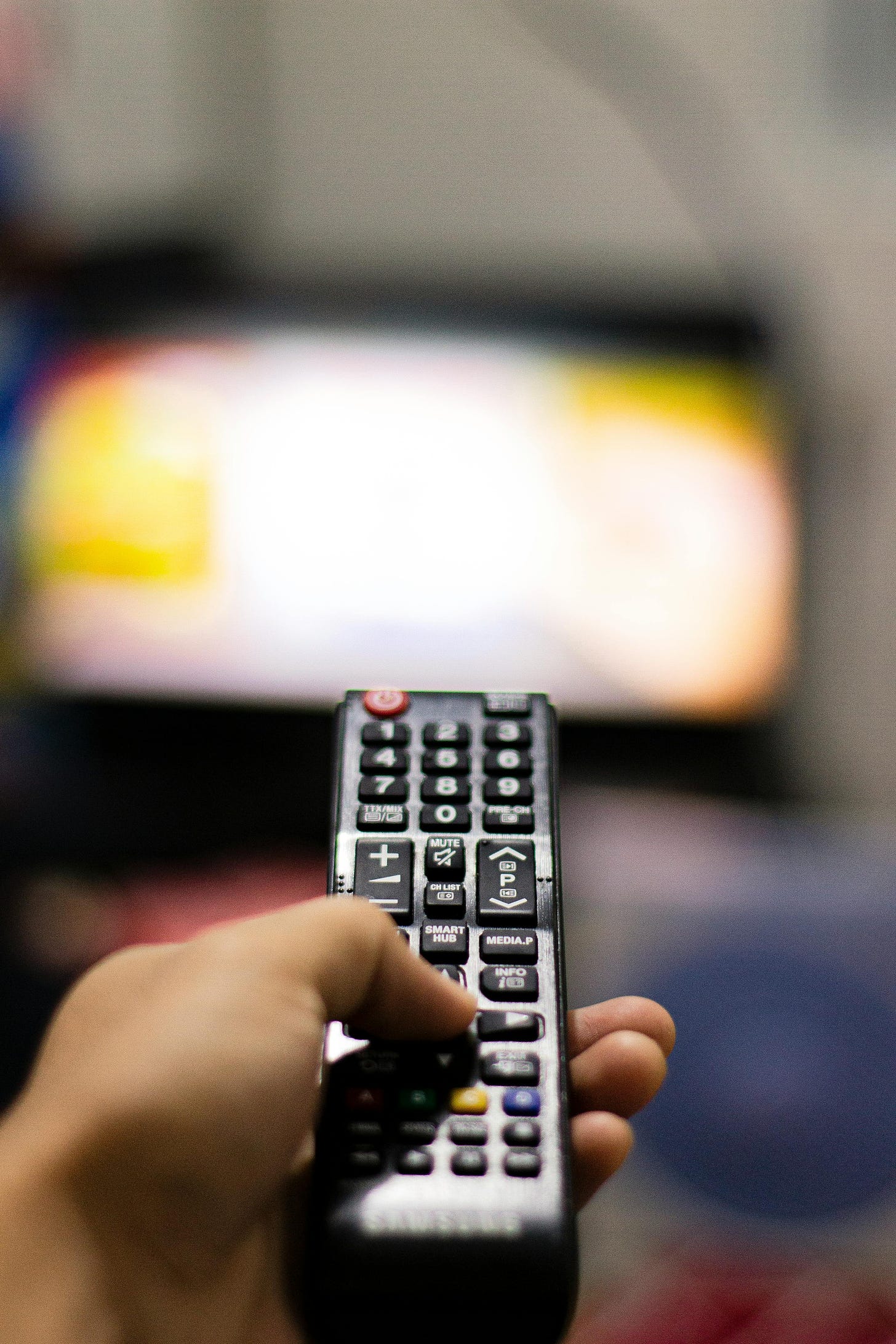The state of public media in Australia and New Zealand
A report from the International Association for Media and Communication Research conference held in Christchurch
“It’s wintery out there, and I'm not just talking about the weather". That was how the panel on public media was introduced at the International Association for Media and Communication Research (IAMCR) in July. The end of NewsHub was imminent, and it was acknowledged that as commercial media disappears public media would need to be filling the gap (although TVNZ was also ending news programmes Sunday and Fair Go). But that’s not the only challenge facing public media, social media platforms are ascendant and sovereign nations are working out how to regulate and tax them. There have been massive geopolitical challenges post-covid, and at a time when public media is more needed than ever, audiences are fragmented and polarised.
Some problems though might have a relatively easy fix. Kim Williams, the chair of the Australian Broadcasting Corporation (ABC) cited research which found a third of Australians who use smart TV's don't know how to access wider content beyond the preinstalled applications. Smart TV’s tend to prioritise advertiser content. It’s not uncommon for a TV remote these days to have dedicated buttons for Netflix and YouTube, but apps for ABC and SBS (Australia’s public TV services) are not even preloaded onto the TV. In a national cultural policy released at the start of the year, the Australian federal government publicly committed to “take the necessary action so that Australians continue to be able to see and hear quality home-grown content, regardless of which platform they are using”. Community TV wants to get on board too, and a similar issue exists with car dashboards which come preloaded with apps like Spotify but not public radio stations. Although Spotify is helping Australian artists find a global audience, the local live music scene was decimated during the pandemic and has yet to recover. The fragmentation of audiences to streaming services providing algorithmically curated playlists may well be a factor. The ability for local acts to be discovered on public radio that promoted local music, like the youth orientated Triple J station, belongs to a bygone era. While artists may be streamed in far-flung countries, the low revenues from streaming don’t make up for not being able to earn income from performing live.
Shane Taurima, Chief Executive of Whakaata Māori (Māori Television) and also the chair of the World Indigenous Television Broadcasters Network (WITBN) spoke of the need for indigenous voices in public media, but the lack of a fit for purpose funding model. Media with a niche audience can’t compete on audience share. Whakaata Māori exists not just to be a competitor in the marketplace, but for purposes such as contributing to the revitalisation of te reo Māori. Research from Verian (formerly Kantar Public) found that 11% of the increase in language ability among all Māori aged 15+ is attributed to Māori Television and 30% of the increase in understanding Māori culture and receptivity towards te reo among non-Māori viewers is attributed to Māori Television. Despite this, the station is facing a $9.5 million funding decrease.
Is public media ready to adapt to the end of the mass medium? Paul Thompson, chief executive of RNZ, talked about the model of "radical sharing", licensing content to other outlets in order to get the content produced by public media to more people. New Zealand does not have a newswire service, so RNZ has tapped into that gap, and will likely be doing more of that over the next 12 months.
Despite a concerning decline in trust in news media (which leaves a door open for disinformation) RNZ’s Value Indices survey, carried out since 2018 by Verian, this year found 49 percent of people agreed “RNZ is an organisation you can trust,” while this is still under half of us, that’s up from 45 percent a year prior. 73 percent of people agreed it’s “important to have a public service broadcaster”, an increase from 69 percent. 62 percent believed RNZ “provides a valuable service”, a 4 percent increase. Interestingly this data seems to indicate that there are some people out there who think RNZ is important, even if they don’t trust it themselves.




